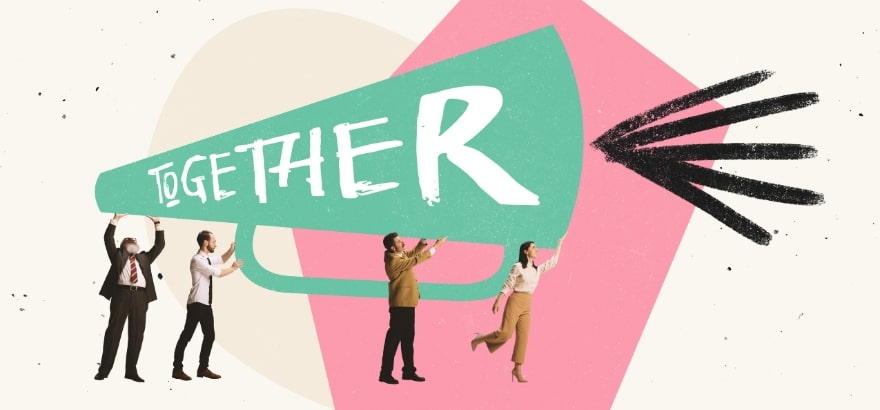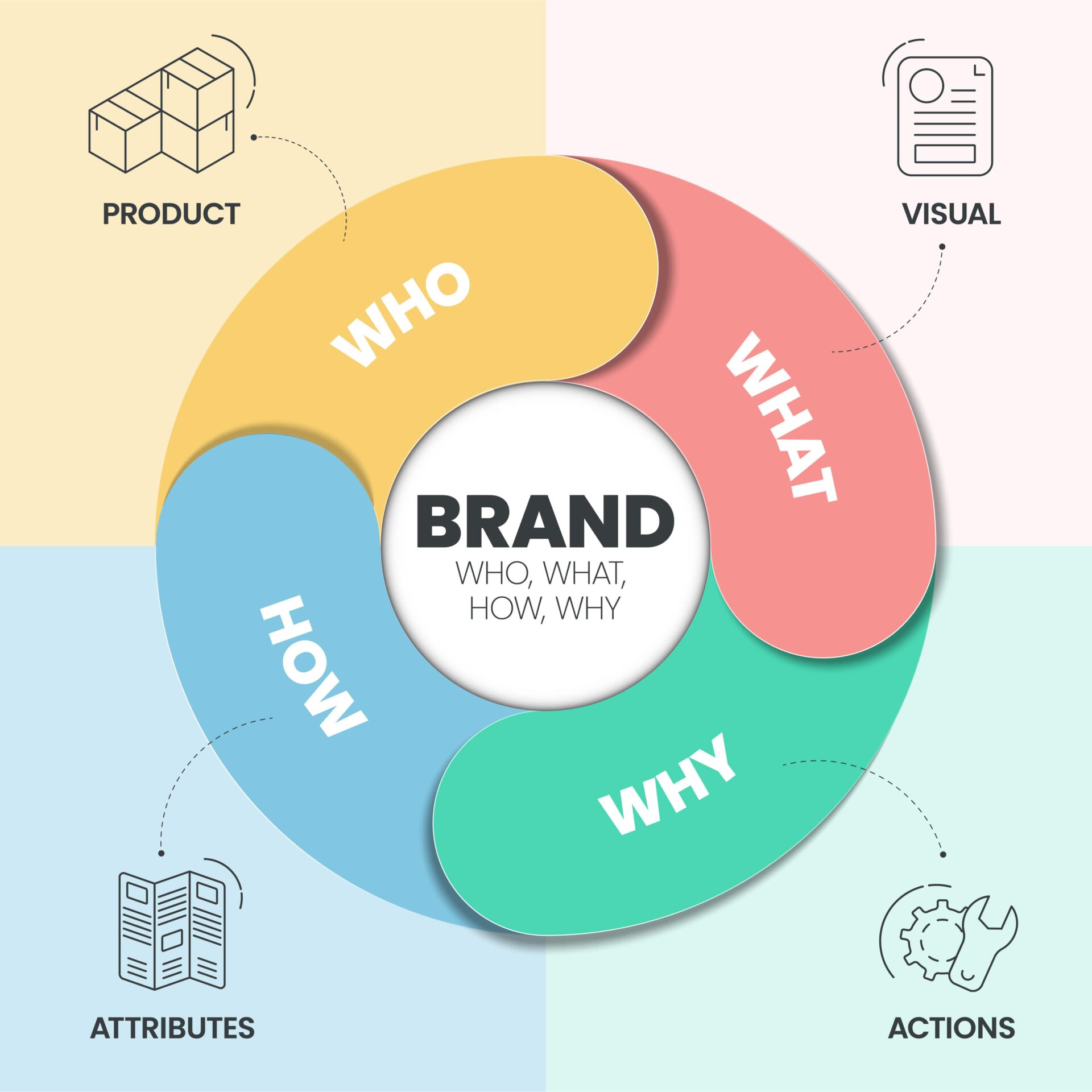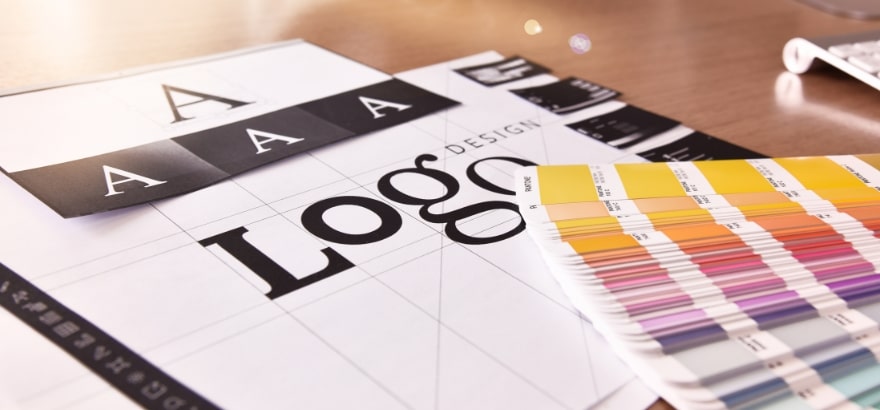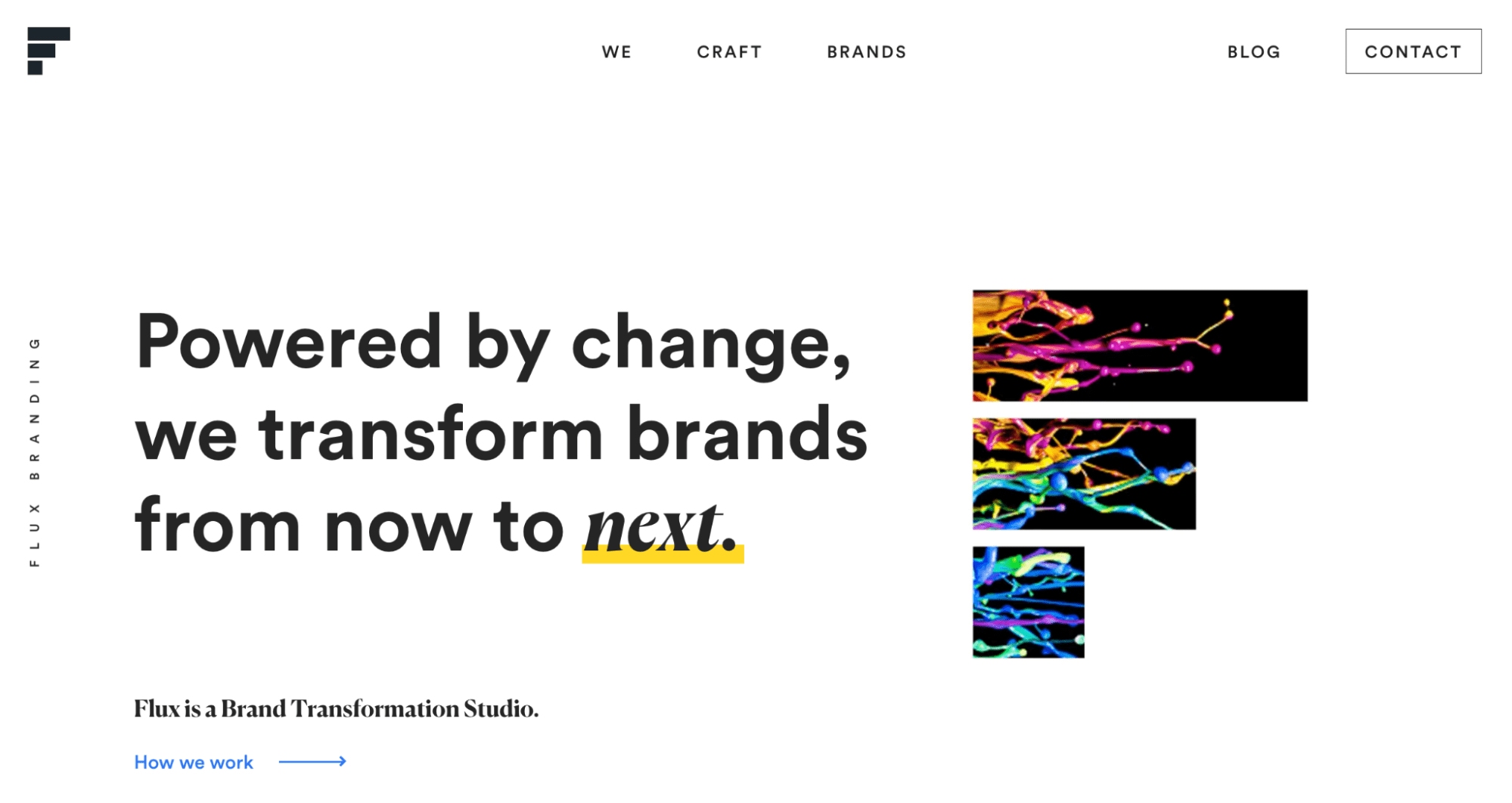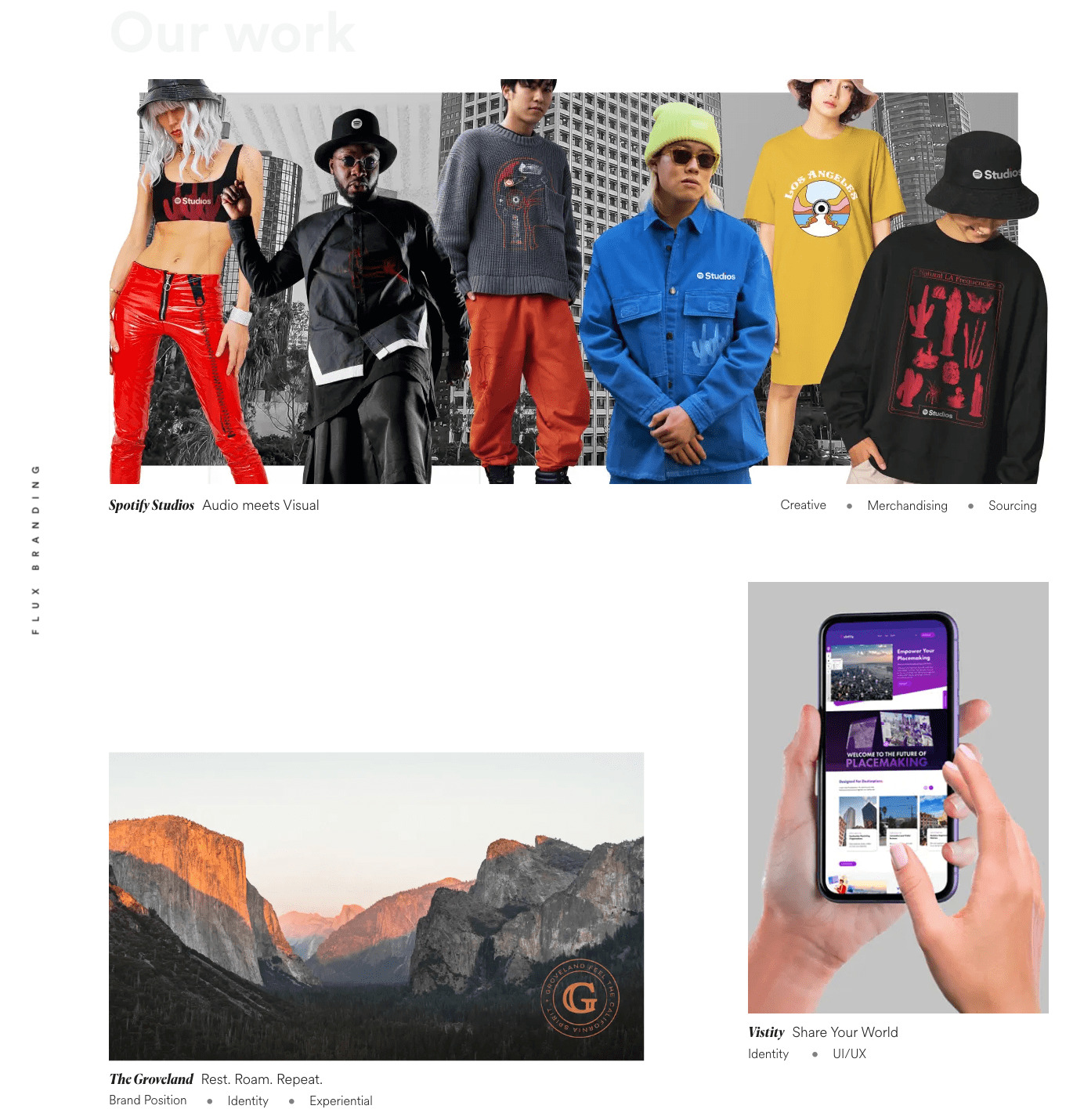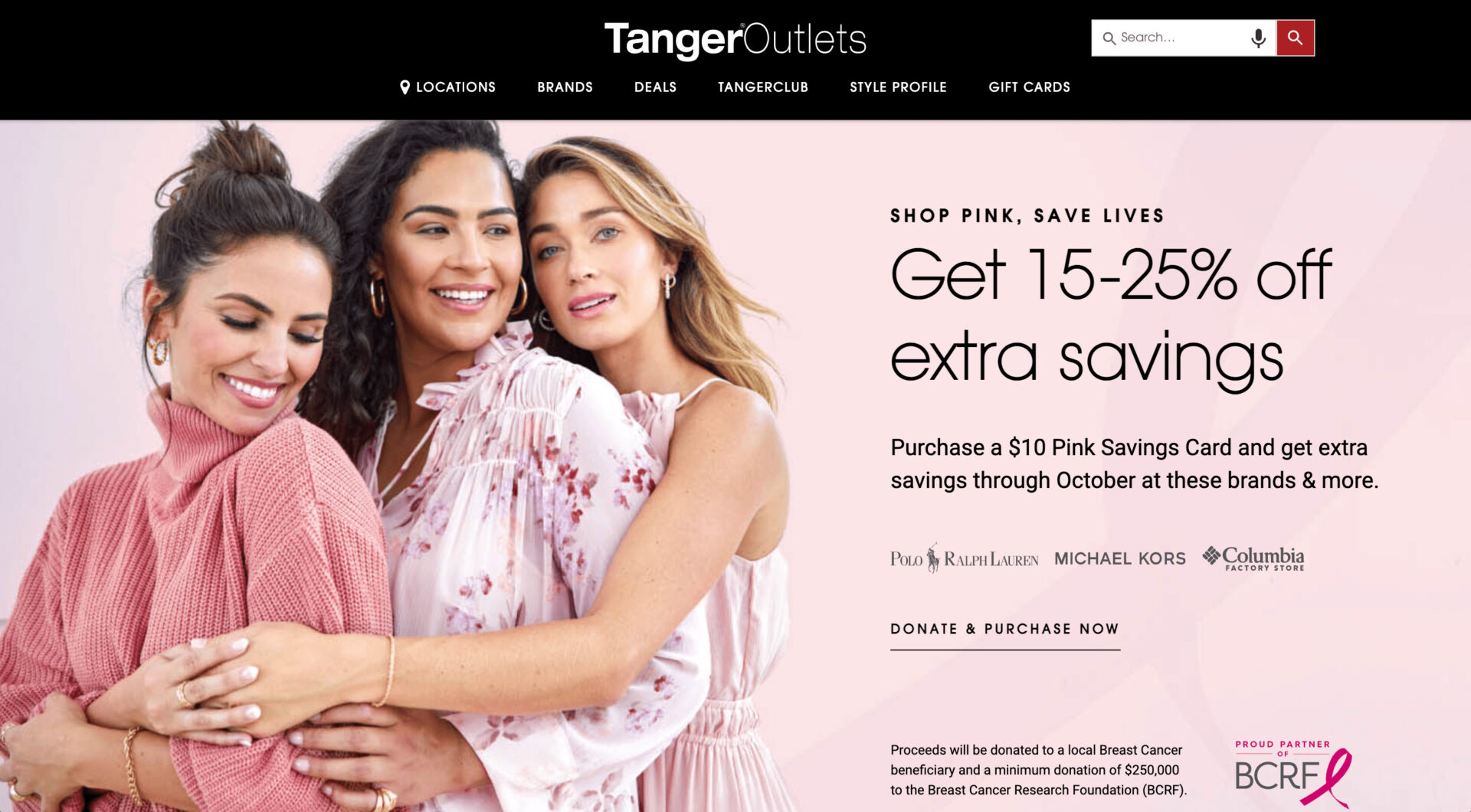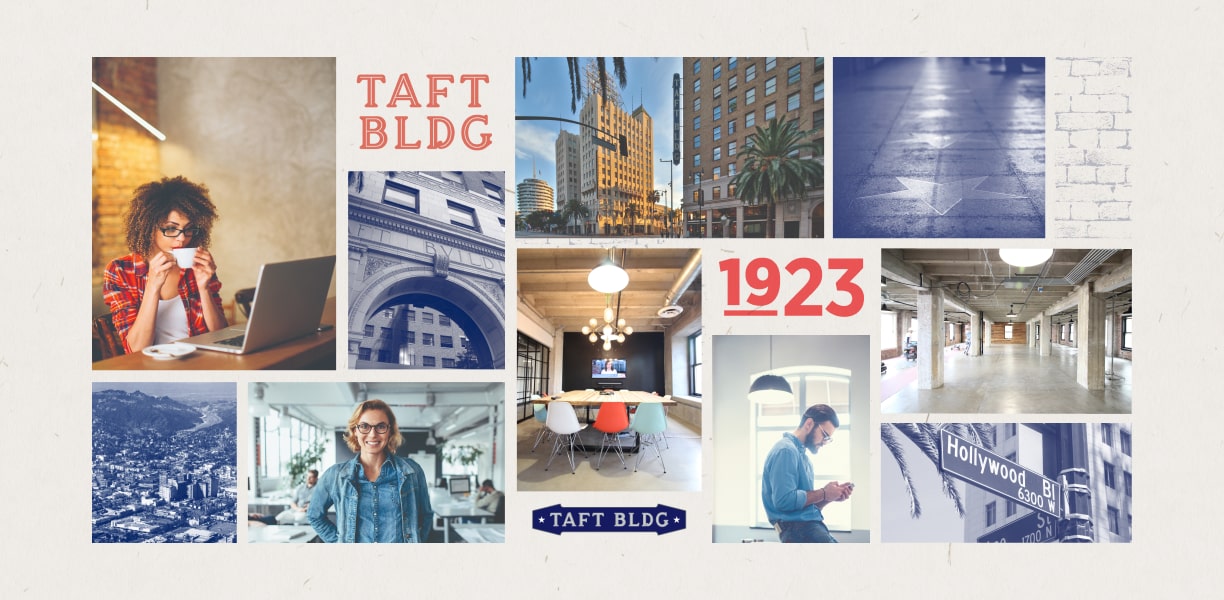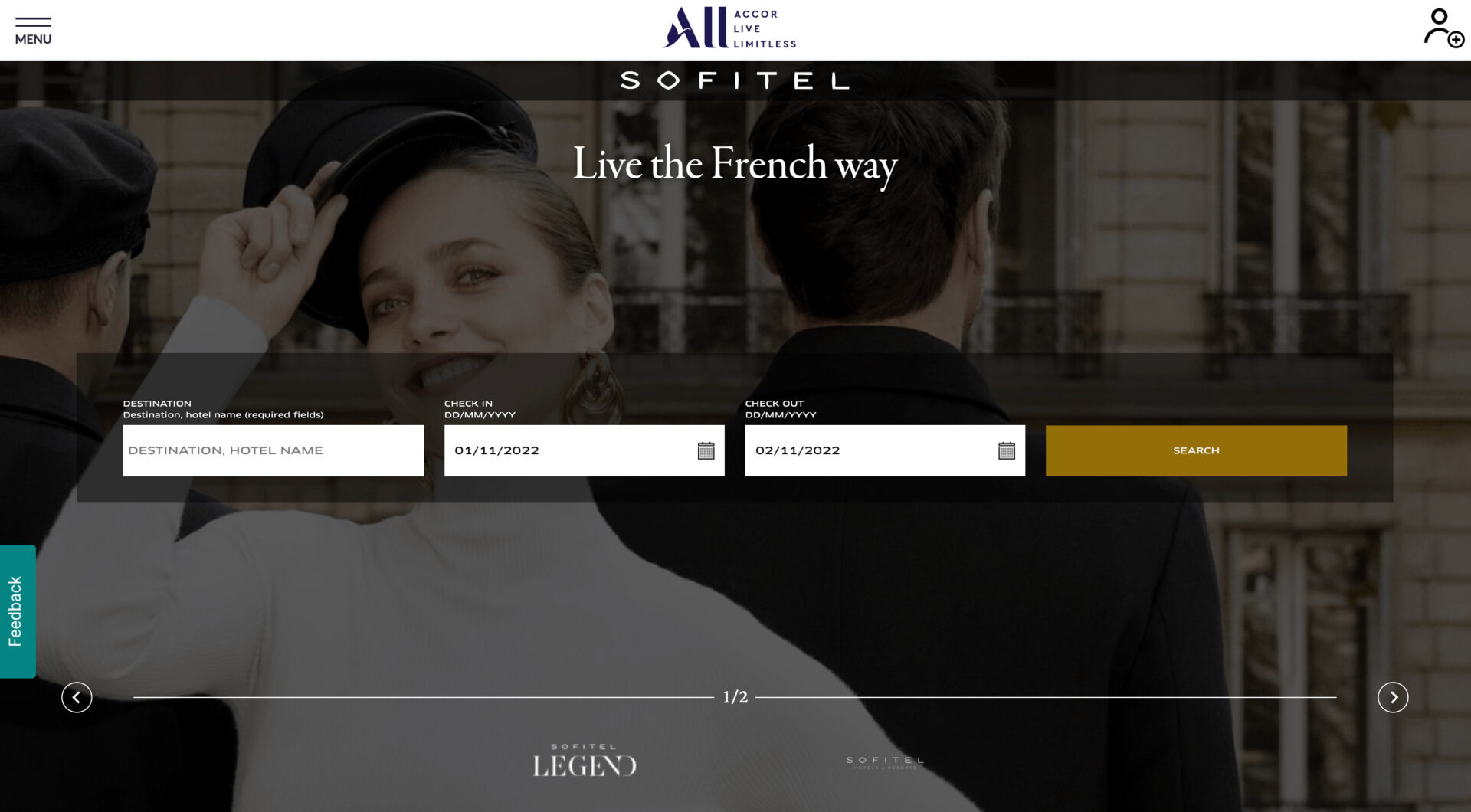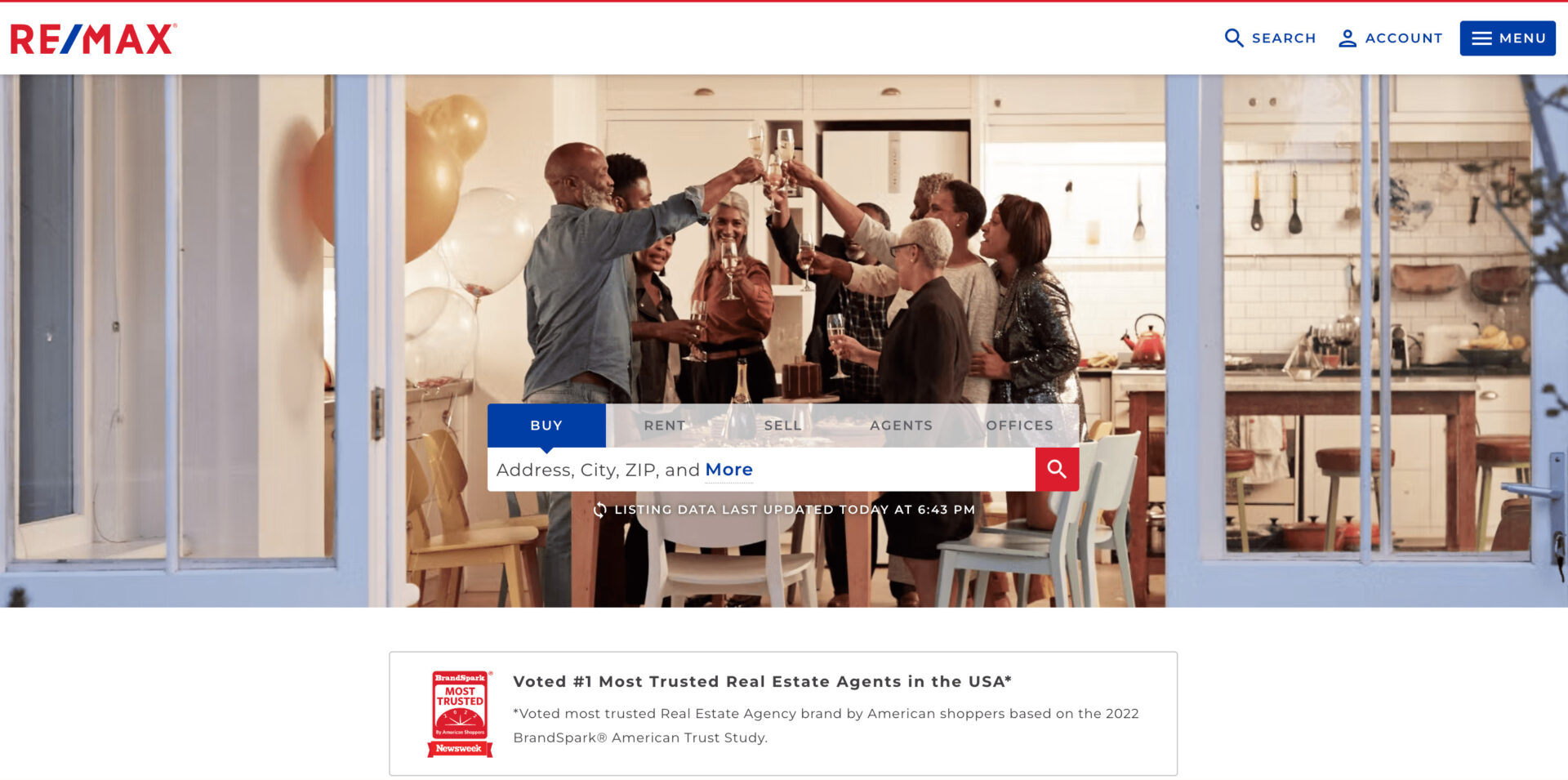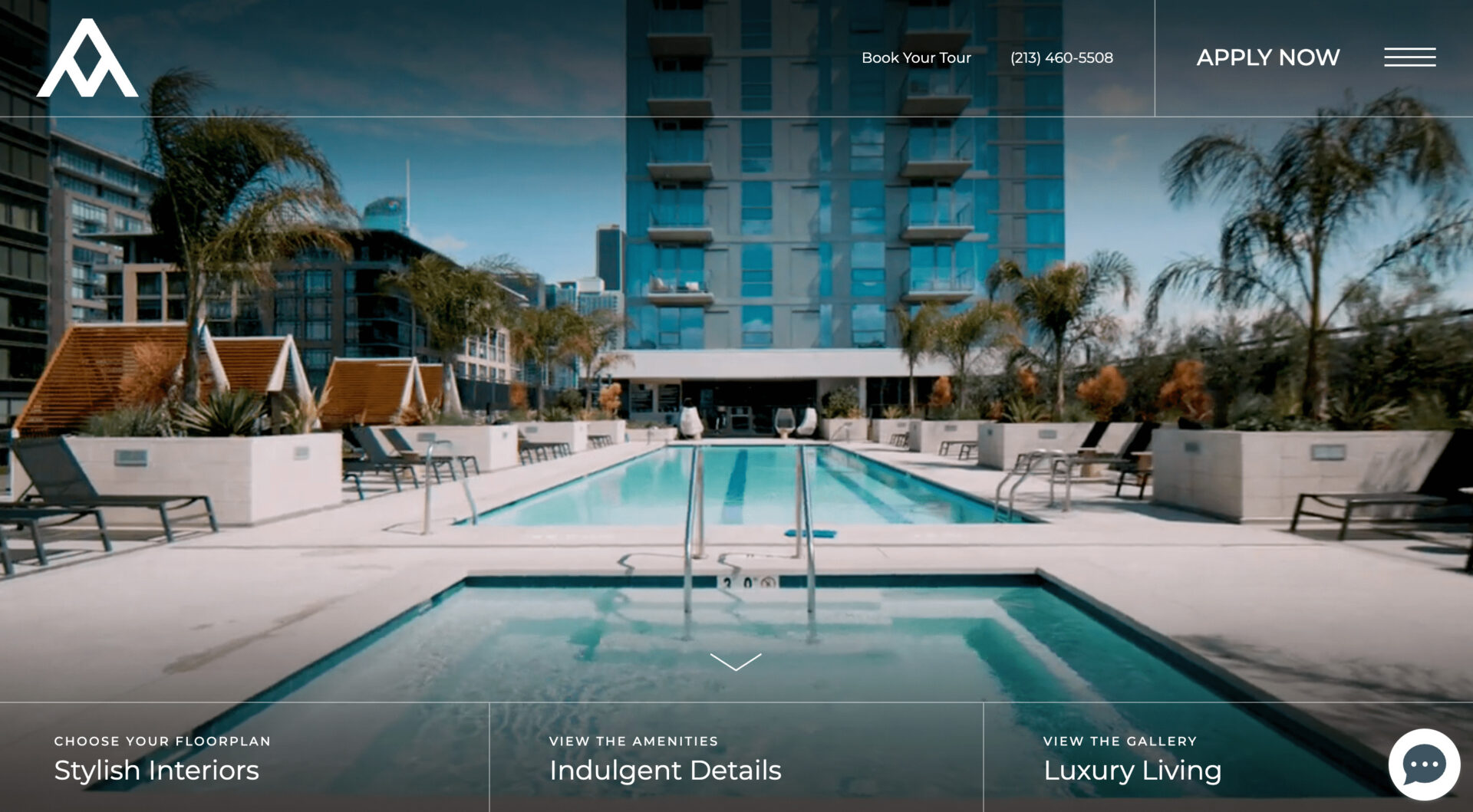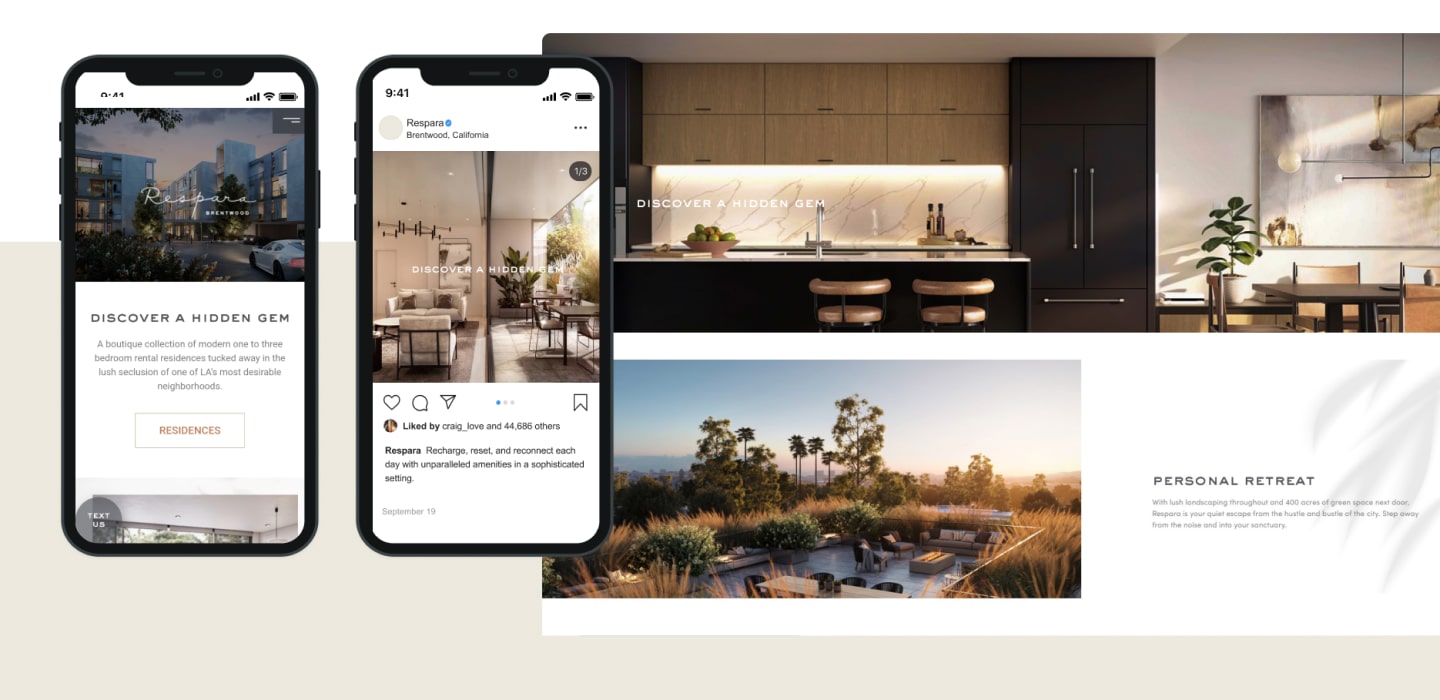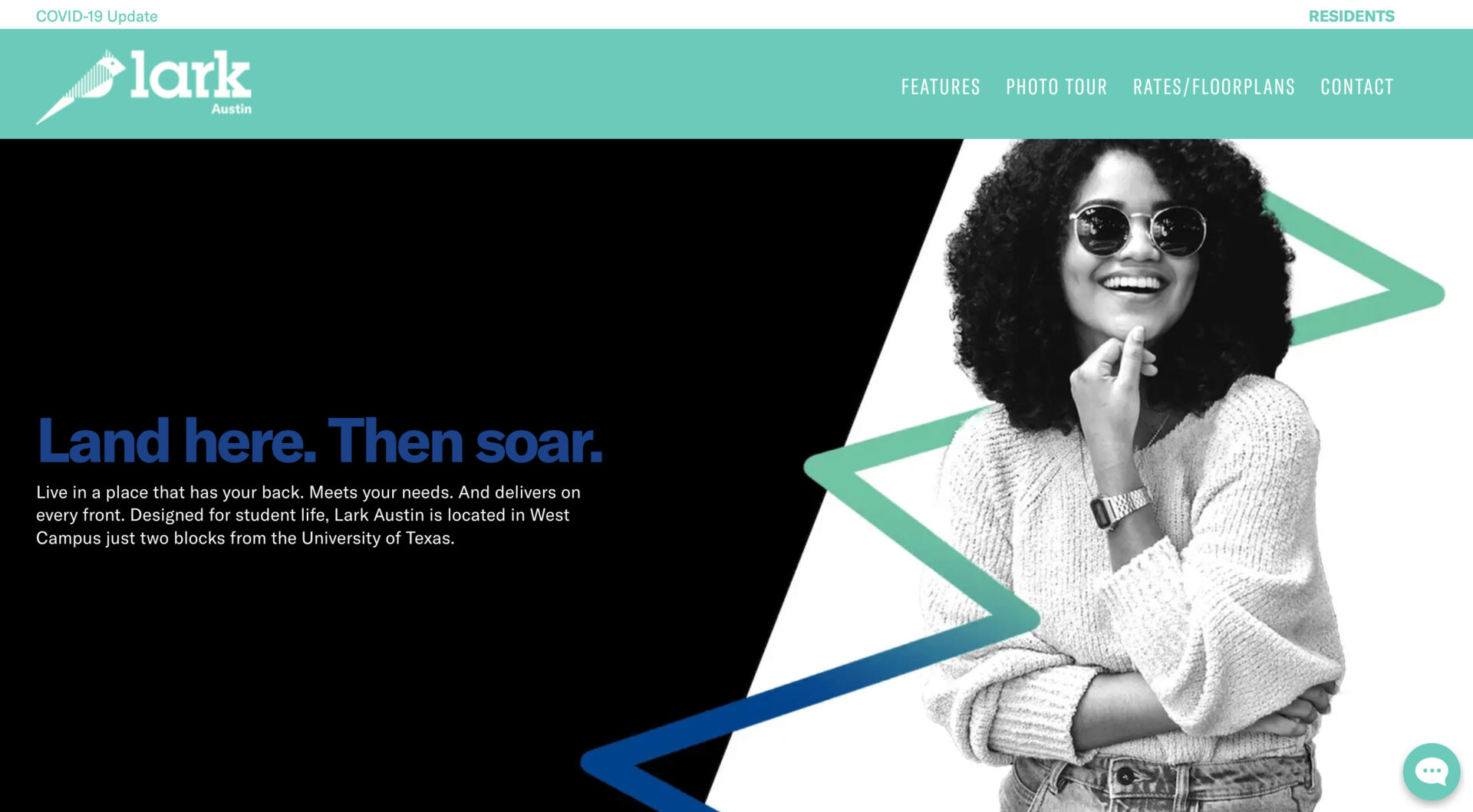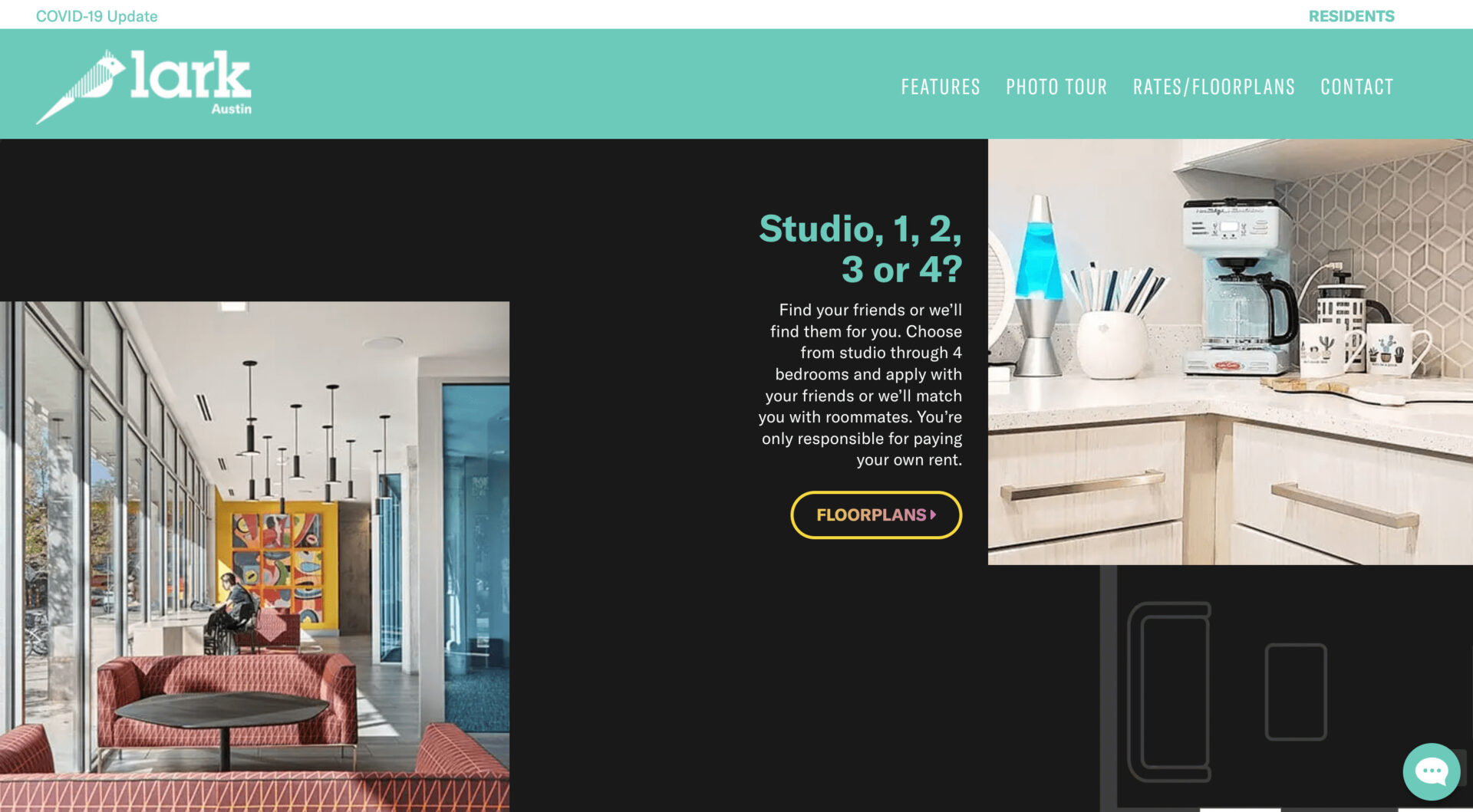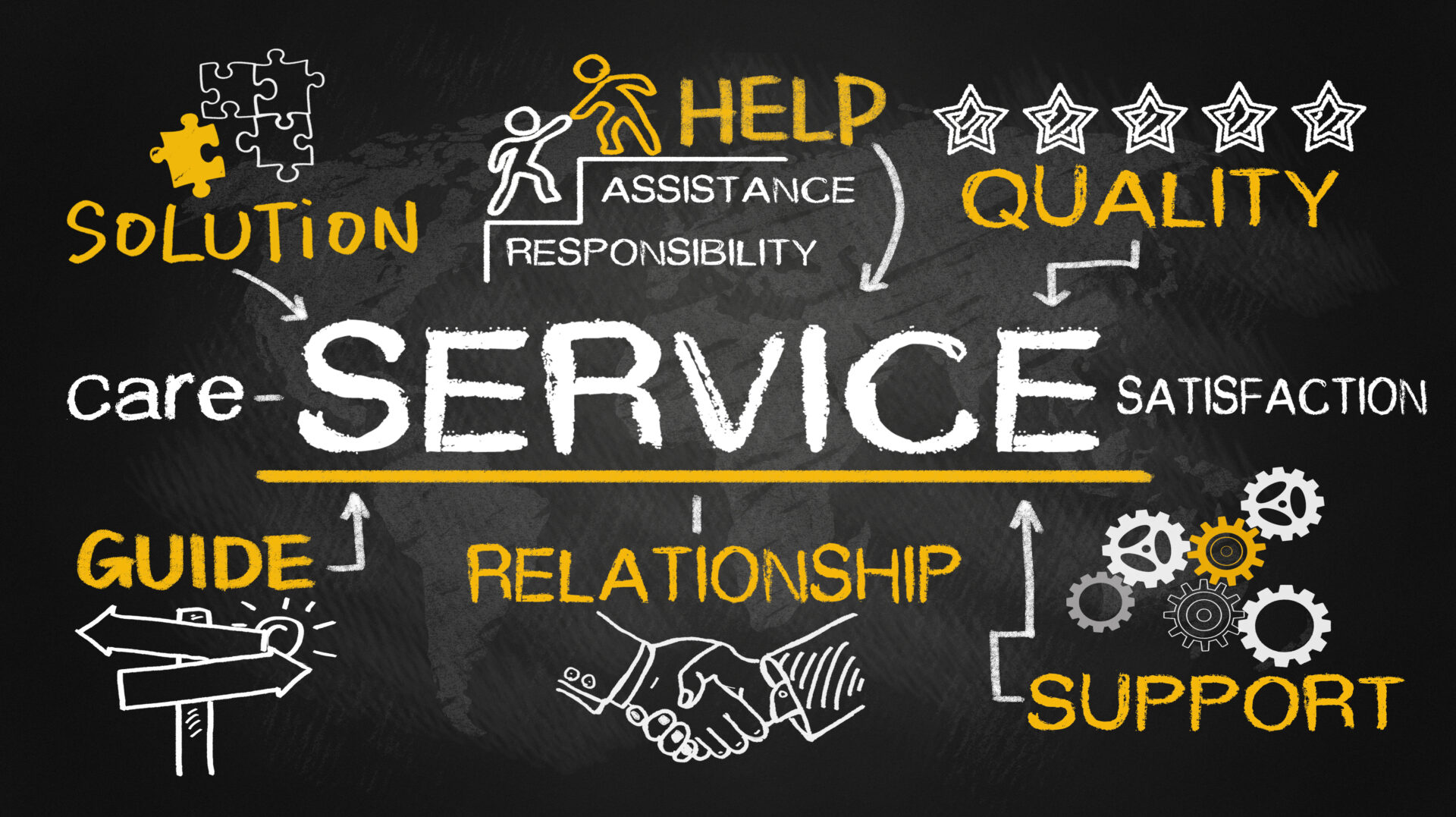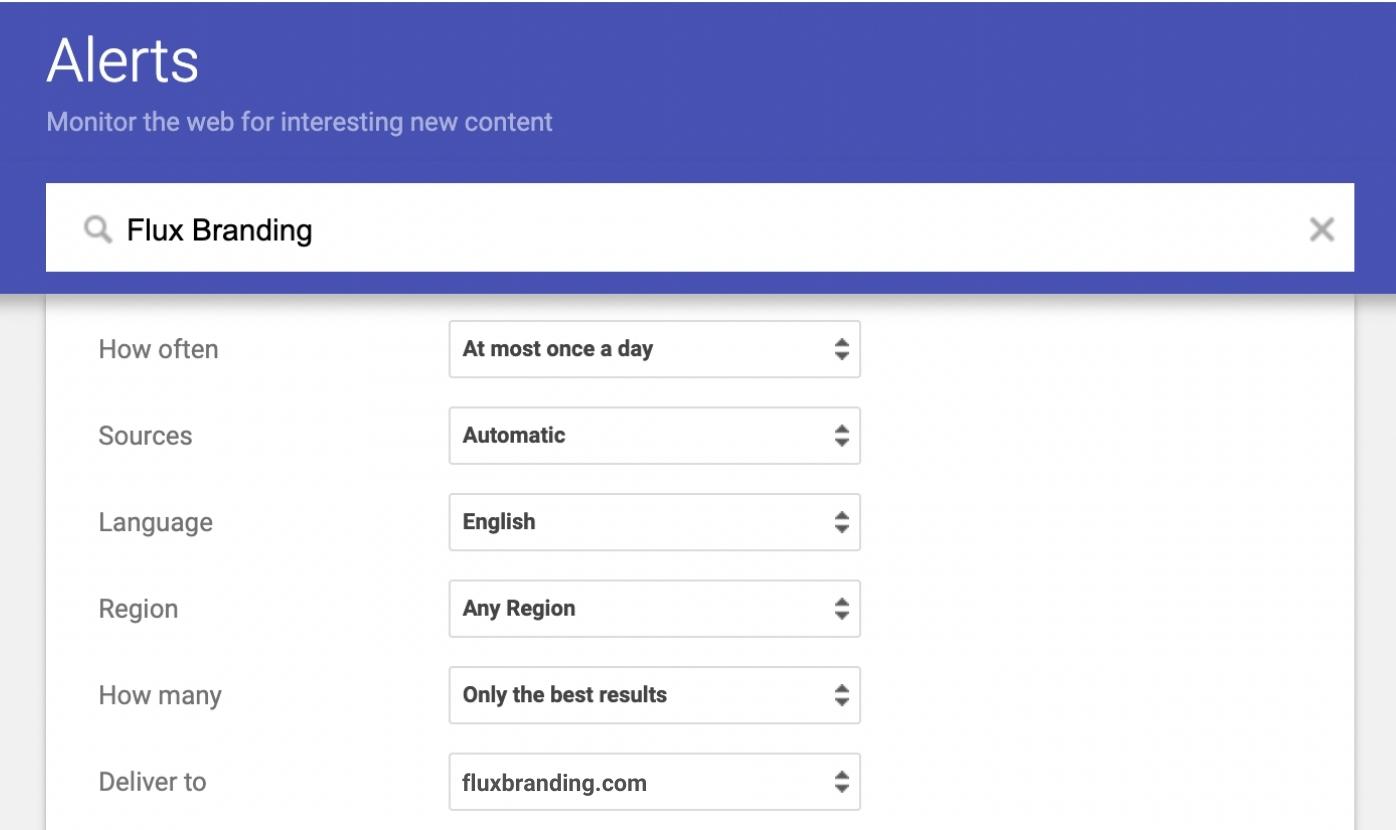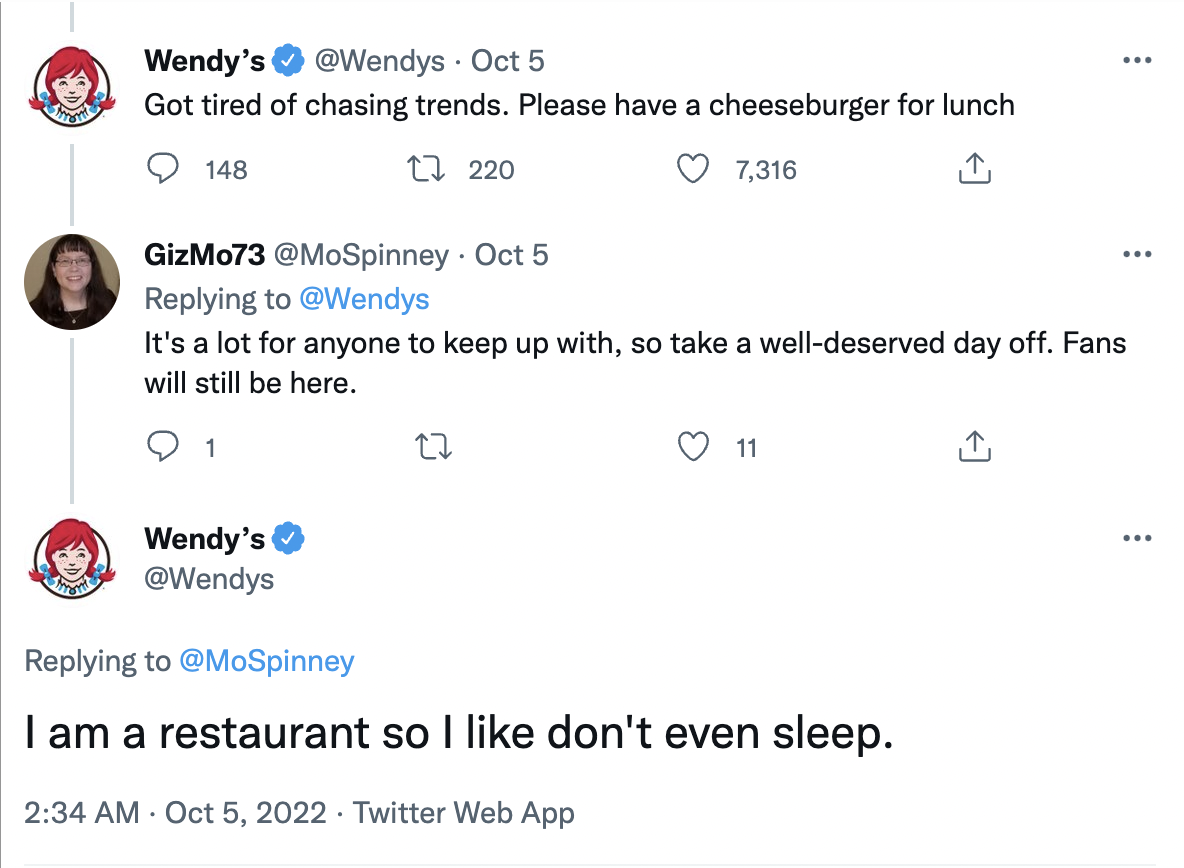How can you be sure the LA branding agency you choose is safe to trust your brand with?

Your brand is your company’s lifeblood. It sets you apart from the competition, endears you to loyal customers, and wins over new ones. Before you dive into a relationship with a branding agency, you want to be absolutely certain your brand will be in good hands.
Hiring a branding agency is a unique, personal process – and it’s important to screen your branding agency carefully. Here are just some of the qualities you should look for before making the leap.
20 qualities your LA branding agency should bring to the table
Make sure your branding agency excels in all these areas before choosing to partner with them:
1. Strategy
Branding isn’t just beautiful typography and carefully-designed logos. For a brand to be successful, you need to uncover the reason behind every choice and map a clear path to the future. The LA branding agency you use needs a strong sense of strategy in everything they do.
2. Metrics for results
How do you know whether your branding project was a success? Before you start a project, your agency should be able to help you set metrics for your results. This should include the impact of the new brand on your staff, customers, and bottom line.
3. Insight into your target audience
You know and love your customers. And your target audience expands beyond your current customers. An excellent LA branding agency will be able to gather and interpret data that gives powerful insight into your target audience, whether they’ve bought from you yet or not.
4. Understanding of internal branding
When you embark on a branding project, it should always be done with an eye towards executing brand-driven strategies in the future. Your agency will need a strong sense of how to successfully create and implement internal branding, as well as external branding.
5. Brand identity definition

You may already have a sense of your brand identity, but chances are good that it’s still a bit blurry. A talented branding agency will be able to bring even more power and definition to your brand identity, no matter how confident you feel right now.
6. Attention to detail
Because the last thing you want is a brand lunch, when you need a brand launch.
7. Creativity and innovation
Strategy, metrics, and research need to be the foundation of your brand. And building on that foundation are creativity and innovation, powering the strongest, most impactful brands.
8. Adaptability
No matter who you work with, company rebranding doesn’t always go exactly according to plan. Adaptability allows your LA branding agency to use their expertise on the fly, adjusting to any unforeseen circumstances that get in the way of your brand launch.
9. Transparency
Branding is a specialized field, and it’s easy to get lost in jargon, especially when it comes to results. Your agency will be completely transparent about every step of your project.
10. Strong communication skills – for you and your audience
Your LA branding agency will need to clearly communicate your message through your brand, but that’s not all. They’ll also need to communicate well with you about expectations, changes, deadlines, and creative work.
11. Responsiveness and availability
Hand in hand with communication comes responsiveness. Your agency doesn’t need to be available 24/7, but you should know when and how you can get a hold of them. You’ll also want to make sure that their availability lines up with yours.
12. Clearly laid out contracts and billing
A professional, trustworthy branding agency will have contracts that clearly define deliverables, timelines, and other key factors of your branding projects – including prices and invoicing.
13. Frameworks and processes

Great agencies don’t fly by the seat of their pants. They use frameworks like the IDEA Method to produce excellent results every single time.
14. Experience in your industry
An LA branding agency that has experience in your industry brings an extra layer of expertise to your project. They don’t just know branding, they know branding and the unique quirks of your industry inside and out.
15. Ability to monitor and respond to trends
A Los Angeles branding agency might be situated near Hollywood, but that doesn’t mean they should jump on every sexy new trend. Talented agencies know exactly what’s trending and how today’s trends might (or might not) impact your brand’s future.
16. Positive reviews and case studies

Flax Coffee Branding Case Study
Reviews and case studies offer a detailed look at what working with a particular agency is like. You can see what their strongest qualities are, how they tend to come at projects, and what others have enjoyed about partnering with them.
17. Strong team players
Your LA branding agency isn’t just one person, it’s many different professionals, all working together to create your brand. Besides working together with each other, your agency will also need to work with you and your team to create a brand that’s uniquely you.
18. Drive for excellence
Branding can literally make or break a company, so mediocre just won’t cut it. The best branding agencies are always improving and innovating to provide the best possible outcome for you.
As you’re researching, keep note of which agencies go above and beyond. Who impresses you, inspires you, and empowers you to create your brand?
19. Potential for a long-term relationship
Ideally, you want to update your brand every 3-5 years. So before you hire an agency, ask if you could see yourself working with them for not only the months it takes to finish this project, but for future projects, too.
20. Passion and pride
Finally, the best LA branding agency will have immense passion and pride in their work. It should shine through every touchpoint you have with them, from their blog to their website and from your first exploration call to the launch of your brand.
Creating memorable brands
As a branding agency in Los Angeles for more than two decades, Flux strives to better embody every one of these qualities, every day. When you’re ready to get started, get in touch. We can’t wait to create a memorable brand with you.


